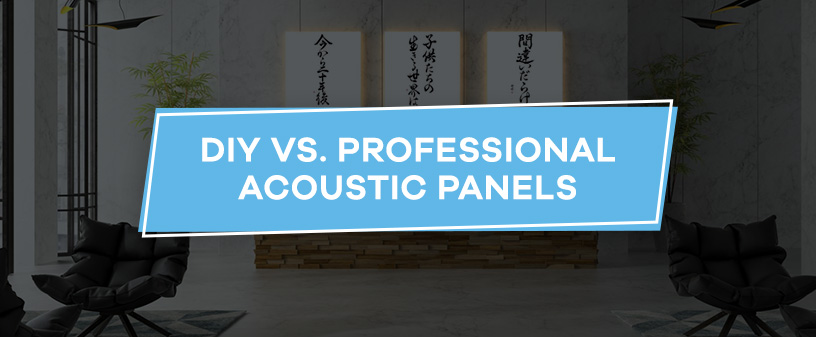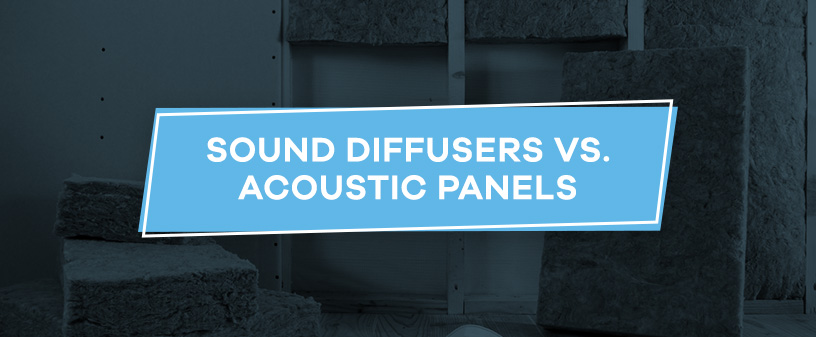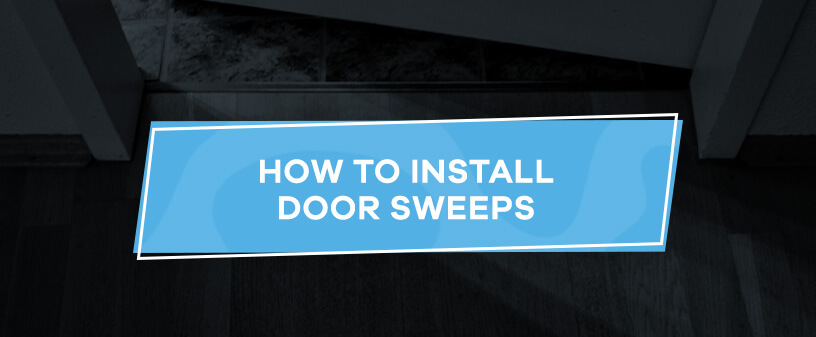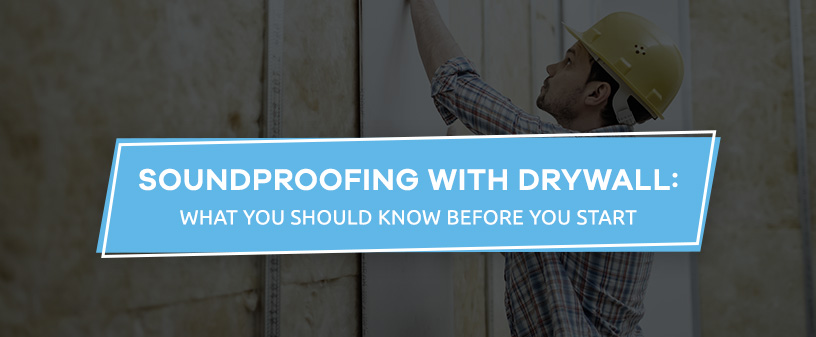DIY vs. Professional Acoustic Panels

Clear, crisp sound is nonnegotiable when recording in your home studio or creating a cinema-like experience in your home theater. If your current acoustics leave you less than satisfied, high-quality panels may be the ideal solution for limiting reverb. But should you invest in professionally made acoustic panels or DIY? Exploring the pros and cons […]
Sound Diffusers vs. Acoustic Panels

When considering acoustic treatments for your space, a few of your options include sound diffusers and acoustic panels. While they may seem similar, these tools serve different purposes. Understanding their differences will help you know which one to use and when to use it, allowing you to solve your sound reduction issues effectively. How Do […]
How to Soundproof Laminate Floors

While laminate flooring is less expensive than hardwood, durable and available in a wide variety of styles and finishes, it has one downside — it increases the noise levels in a room. Echoes can make it hard to watch TV, listen to music or carry on a conversation in a room with this flooring material. […]
How to Install Door Sweeps

Door sweeps are valuable tools for controlling unwanted noise in residential and commercial spaces. These devices are easy to install, but it helps to have an idea of what you will need to successfully complete this project. Consider this your guide on how to install a door sweep. Whether you are attaching a door sweep […]
Soundproofing With Drywall: What You Should Know Before You Start

If you re dealing with noise you do not want — whether it is the TV from the next room or traffic just outside your property — your walls are probably the first place to start soundproofing. And when we talk about walls, drywall is usually the go-to. But how much can it actually help […]





